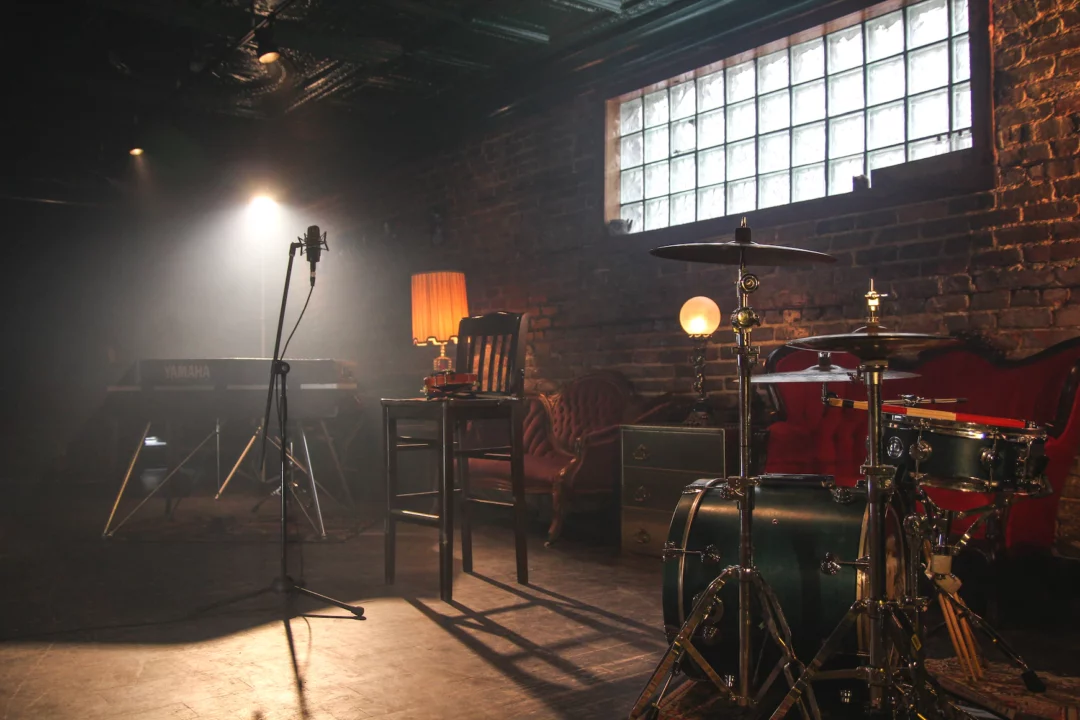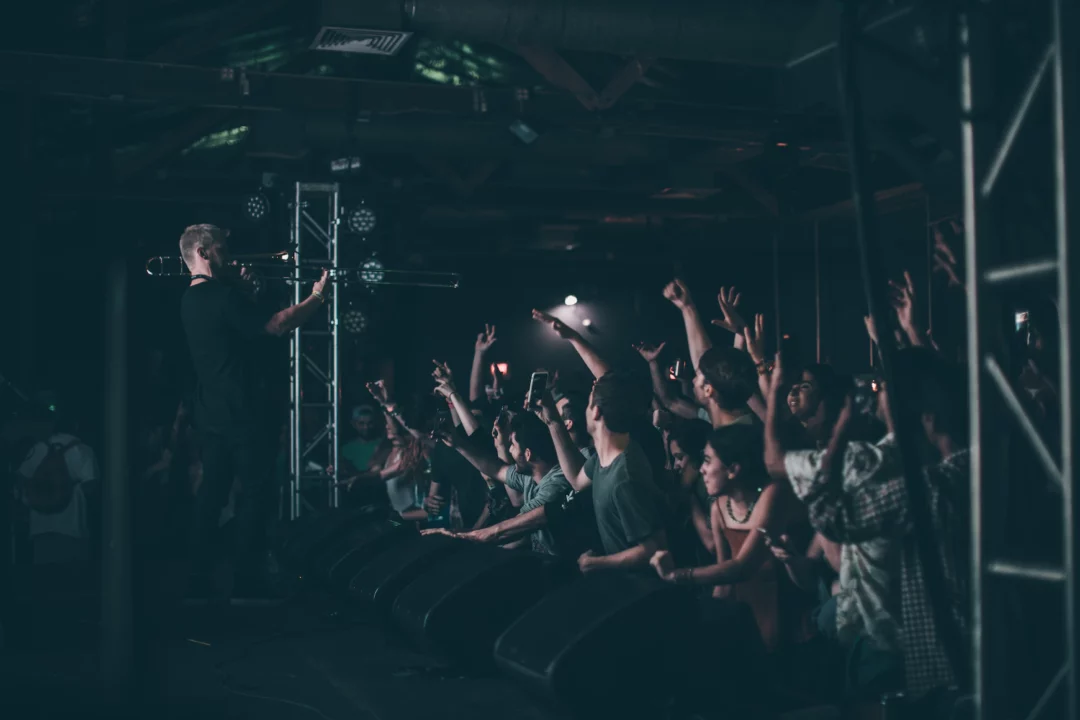With issues continuing to amass in the music industry, more people are starting to despairingly speculate on what can save it. Earlier this year some people banked on the ham-fisted benevolence of Elon Musk saving the day, while others pinned their hopes on opportunities opened up by the metaverse and music NFTs.
Realistically, there is never going to be a catch-all solution that gently cradles all musicians from the cut-throat nature of the industry and uplifts it from the increasing economic strains. Nor will there be a return to how things used to be – no matter how longingly we long for it. Instead, the individual issues within the music industry need to be addressed before there can be a discussion of how it can bolster some resilience in an era where even the most robust markets are feeling the increased pressure of the cost-of-living crisis.
The Three Biggest Challenges That Need to Be Overcome in the Music Industry
The Lack of Government Support
In 2022, the UK music industry is now one-third smaller than in 2019 due to the hat-trick devastation caused by inflation, Brexit, and the pandemic. The calls for government support are getting louder and louder in an attempt to quash the blow of the rising costs of touring and keeping the lights on in venues.
Manchester’s Dave Haslam was one of the many voices calling for support in a recently published article in the Guardian, which followed the trajectory of the decline of the music industry through the years and called for government intervention. The government support would ideally involve a freeze on alcohol duty, reductions in VAT, and relief on business rates, to prevent the closure of even more clubs and venues across the UK. Removing the red tape imposed by Brexit to help touring musicians is also a prominent request in calls for governmental intervention.
Keeping the pressure on politicians, especially the newly appointed Culture Secretary, Michelle Donelan, by reminding them of the value of the multi-billion-pound industry, which employs hundreds of thousands of people, is more important than ever. With Rishi Sunak at the top, it’s easy to give into apathy, given his recent declaration that “the state can’t fix all your problems”. If you care about the future of the music industry, fight for it, don’t just hope that someone will do it on your behalf!
The Economic and Ecological Cost of Touring
National and international tours are how many artists attempt to make their music careers economically viable now that streaming services such as Spotify are reigning over CD and vinyl sales. But with the increasing awareness of the carbon footprint of touring confounding the economic unviability due to the inflated prices of fuel and just about everything else, how long can the massive shows go on?
In an ideal world, we wouldn’t have to contemplate the ecological impact of artists heading out on tour and living their dreams of finding themselves in a new city every night and playing to a sell-out crowd. Unfortunately, the planet is hotting up; the music industry can’t put their heads in the scorched sand any longer and pretend it is not contributing to the massive existential problem.
A study published in 2010 reported that the live music industry annually generated 405,000 metric tonnes of emissions in the UK alone. That is enough energy to power 46,000 homes. While there is no shortage of greenwashing festivals with their token efforts, such as banning plastic cups, it isn’t going to cut the mustard if we are going to achieve net zero by 2050.
Whether you like it or not, the reality of touring is being reshaped by climate change. But that doesn’t mean that live music needs to be wiped from existence. It does mean that we need to consider the ramifications of the environmental impacts and start to place more value on smaller-scale local and regional performances. If communal music traditions met artistic needs for millennia, why should they be discarded now? Local and grassroots music is the overlooked, slightly less glamorous backbone of the music industry. If neglected for long enough, everything else will crumble.
Unfair Royalty Cuts from Streaming Platforms
There are a lot of popular misconceptions around streaming platform royalties, namely that services such as Spotify pay their pitiful revenues to the artists directly. Before royalties reach artists’ and songwriters’ bank accounts, they go through distro companies, record labels and copyright management companies, who take a sizeable chunk for themselves.
Spotify takes a 25% cut of the revenue, the recording owners take 59.9%, and the songwriters and publishers share a 15.1% cut. While it is easy to paint Spotify as the devil incarnate, the real issue is the complexity of copyright law which commodifies music and exploits artists in the process. For the same reason it took The Rolling Stones until the 70s to make any real cash, the struggle is the same for any contemporary artist signed to a record label that was drafted to bleed them dry.
The decline of the major record labels as artists are seeing the light and opting for an independent music career is a step in the right direction but it is easier said than done for independent artists to succeed. Frank Ocean and Chance the Rapper proved it is possible to be successful and independent, but that doesn’t mean it is viable for all artists. Especially given that thousands of new tracks launch on Spotify every day, and almost 80% of artists on Spotify have a monthly listener count that is less than 50.
–
So, to answer the question of how can the music industry can be saved in short, the answer is recognising that the current framework of the industry needs a drastic overhaul. From tearing up the copyright laws which exploit artists instead of protecting them to recognising why the live music industry is really up against the wall to accepting the over-saturated unsustainability of the industry. Something has to give before the music industry goes further than a 1/3rd slump in market value.
Article by Amelia Vandergast


